- Working Time: 20 mins
- Total Time: 3 hrs, 20 mins
- Yield: 20 servings
The Bourbon's Modified Leadbeater's sugar glider diet (BML) is a version of the original Leadbeater's Diet, a well-known diet for pet sugar gliders. Even though the BML diet is widely accepted and you can make it easily at home, new research on sugar glider nutrition has shown the best outcomes for health in these species with a base diet of insectivore-type food, mainly pellet form, supplemented with BML on the side and in moderation.
The BML diet for sugar gliders should not be used in conjunction with other formulated diets, such as Brisky's Sugar Glider food or Sunseed Sugar Glider Formula. It can be paired with insectivore-based foods, though, and is recommended.
After preparing a batch of the BML diet, you will have a real meal time saver on your hands since this recipe will create ready-to-serve cubes of food that you can feed to your sugar glider each day.
What You'll Need
Equipment / Tools
- Blender
- 2 ice cube trays
Materials
- 1/4 cup apple juice
- 1/2 cup honey (do not use raw or unfiltered)
- 1 hard-boiled egg (shell removed)
- 4 ounces Gerber Yogurt and Juice Blend (Banana or Mixed Fruit, or substitute 2 ounces plain yogurt and 2 ounces mixed fruit juice)
- 1 teaspoon Rep-Cal Herptivite Vitamin Supplement (blue label)
- 2 Rep-Cal Calcium Supplement Non-Phosphorous with Vitamin D3 (pink label)
- 2 jars chicken baby food (5 ounces total)
- 1/4 cup wheat germ
- 1/2 cup Gerber dry baby cereal (mixed or oatmeal, but most sugar gliders prefer the rice with fruit flavors)
Instructions
-
Mix Ingredients
Blend the honey, egg, and apple juice in a blender until it is smooth.
-
Add More Ingredients and Blend
Turn off the blender and add the Gerber juice and the Rep-cal Herptivite Vitamin Supplement. Blend the mixture until it is smooth and then turn off the blender again.
-
Add More Ingredients and Blend Again
Add the Rep-cal Calcium Supplement (buy from Amazon), the chicken baby food, wheat germ, and dry baby cereal. One last time, blend it until it is smooth.
-
Fill Ice Cube Tray and Freeze
Pour the mixture into regular size ice cube trays, filling each compartment only halfway. Then place the half-filled ice cube trays in the freezer.
-
Allow the Cube to Melt Before Feeding
Once the mixture is frozen, simply place one cube of the BML diet in your sugar glider's food dish a few hours earlier than feeding time (which is typically in the evening) to allow the cube to melt a bit. Remove it the following morning to avoid any food spoilage or attracting any unwanted insects.
The BML diet should be fed along with fresh or frozen fruits and vegetables at each meal. If you are using frozen food items then you can place them in the food dish at the same time as the frozen cube of the BML diet to allow everything to thaw together. By the time your sugar glider is ready to eat, its food will be soft.
Portion Size and Complete Meals
A full ice cube equals about 2 tablespoons and the BML diet should be served in 1 tablespoon increments, along with 1 tablespoon fresh or frozen fruit and 1 tablespoon fresh or frozen vegetables each evening. This is why you only fill the ice cube tray compartments halfway with the BML diet when you are preparing it. Smaller ice cube trays that can be fully filled are also available if you'd prefer those.
Small snacks, such as mealworms, fresh fruit, or treats may be offered mid-day along with this diet if your sugar glider is extra hungry but the recipe for the BML diet itself should not be altered.
Sugar Glider Dietary Needs
Sugar gliders have very specific dietary requirements that keep them healthy and happy. A diet lacking in calcium and appropriate vitamins, for example, may contribute to your sugar glider developing metabolic bone disease (MBD), like reptiles commonly get, and make their legs more prone to fracturing. Diets lacking in honey or sugary nectar (which they eat regularly in the wild and are named after) do not provide enough energy for sugar gliders who need it for all the jumping and gliding that they do. They may not be as active, mentally stimulated, and strong without it.
- Small Pets
- Exotic Pets
- Exotic Pet Care
Disorders and Diseases of Sugar Gliders. Merck Veterinary Manual.
RECOMMENDED NEWS
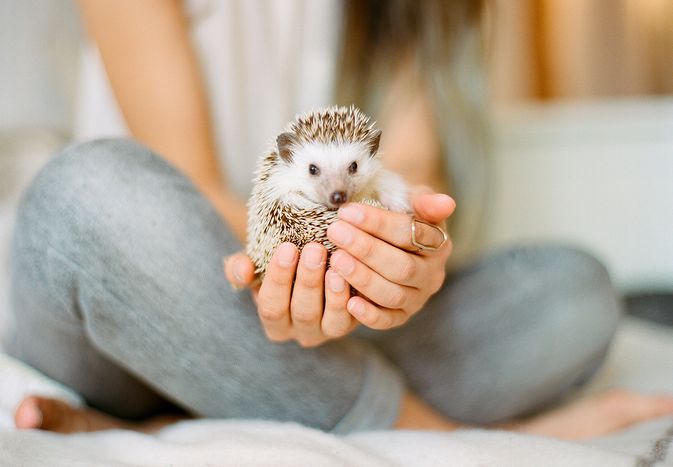
What Is an Exotic Pet?
What is considered to be an exotic pet depends on context, but it is largely agreed upon that anyth...
Read More →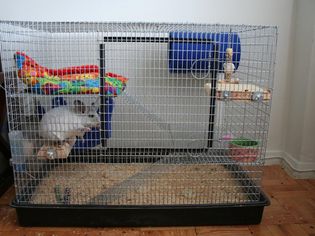
Chinchilla Cages
Chinchillas are a small rodent native to South America, found in rocky, arid areas in the mountains...
Read More →
Breathing Problems in Pet Rats: Causes & Treatment
Rats are often seen at the animal hospital for breathing issues, and these problems usually come on...
Read More →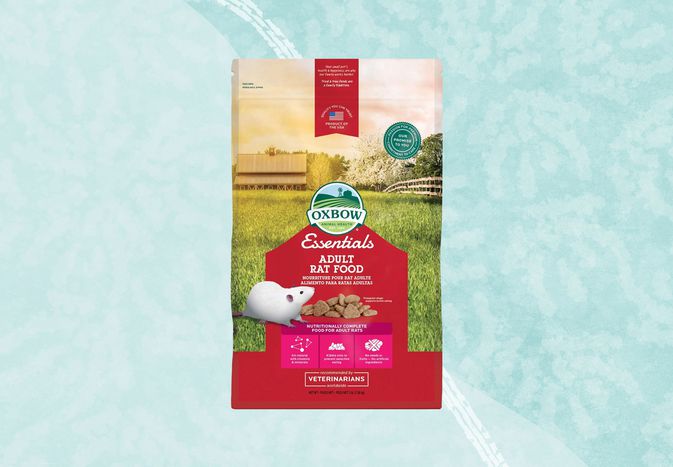
The 8 Best Foods for Pet Rats
Credit: The Spruce Pets / Lecia Landis Rats can be picky eaters who will opt for a fatty m...
Read More →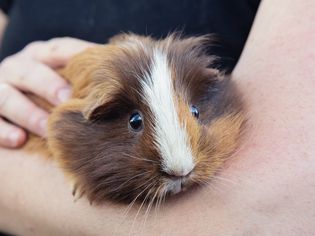
All You Need to Know About Guinea Pigs
Guinea pigs are popular pets, especially for families, largely due to their wonderful temperaments....
Read More →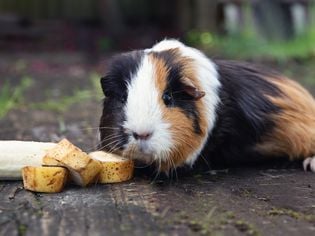
Guinea Pigs Diet and Vitamin C Requirements
Vitamin C Vitamin C is of utmost importance to guinea pigs, as they are unable to manufacture t...
Read More →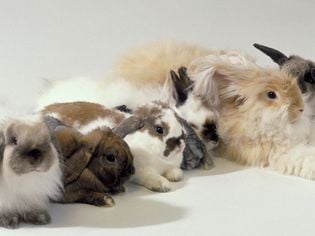
An Overview of Rabbit Fur Colors and Patterns
The number of coat colors that pet rabbits can come in is long and sometimes confusing. The followi...
Read More →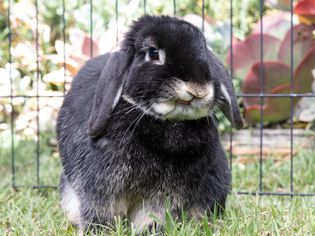
10 Sounds That Rabbits Make and What They Mean
Rabbit sounds such as purring, teeth grinding, and clucking can tell you a lot about how your rabbi...
Read More →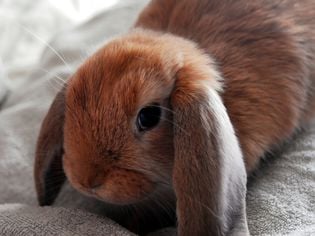
Seizures in Rabbits
Like humans and other pets, rabbits can have seizures—periods of involuntary physical movement us...
Read More →
Comments on "BML Diet for Sugar Gliders" :